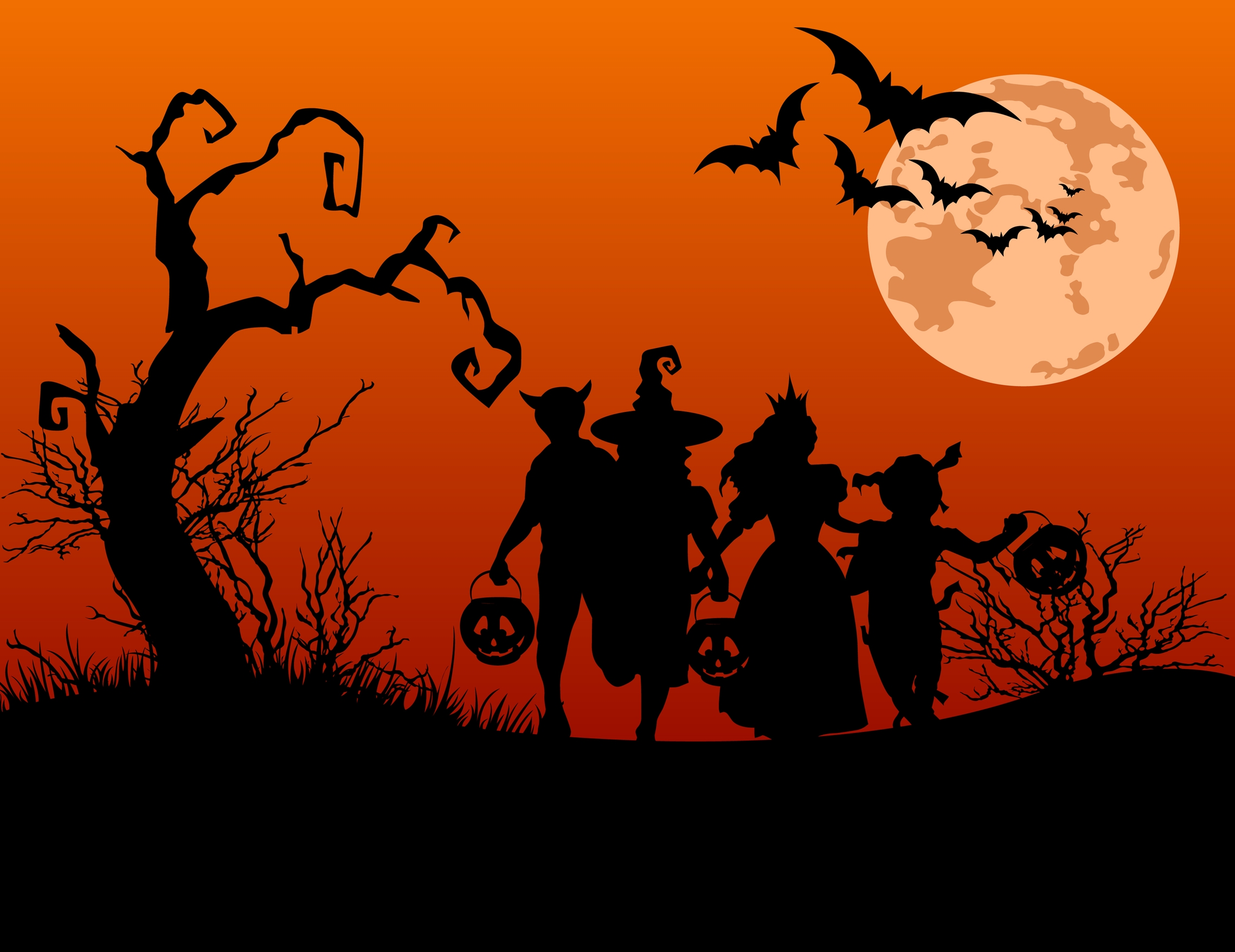
But there are other aspects of Halloween to consider that deal with children’s health — specifically, their mental health. Since Halloween also marks the end of National Bullying Prevention Month, it’s also a great occasion to highlight some of the Halloween traditions that can impact children’s mental well-being. Being aware of these less obvious Halloween issues year-round can help reduce imbalances of power and the potential for repeated offensive behavior — the hallmarks of bullying*.
At Halloween time, keep in mind the following tips and ideas:
Respect different beliefs
Not all children may celebrate Halloween because of personal beliefs. Try not to exclude or marginalize children who may not participate in Halloween festivities.
Include all children
- Halloween may not be so fun for children with anxiety. “While Halloween can be lots of fun for many of us, it can also be the source of fear and worry for some children. Remember that not everyone wants to be more scared, even on one special day a year,” says Dr. Lawrence Vitulano, Professor of Clinical Child Psychology at the Yale Child Study Center. Avoid wearing scary masks or costumes, jumping out and scaring trick-or-treaters, keep your porch well-lit, and keep pets inside.
- Not every child has the financial resources to celebrate Halloween elaborately. They may still want to trick-or-treat even if they can’t afford a costume – don’t withhold candy from any child who is brave enough to approach you on Halloween!
- Halloween is for teens, too. Tweens and teens are often caught in the awkward phase of being “too old” to dress up yet also still enjoying one of their favorite childhood traditions. Let them retain their childhood a little longer and explore safe ways to have fun. As above, don’t withhold candy from a child who is brave enough to approach you on Halloween. “No costume, no candy” or similar sentiments will do nothing for their self-esteem.
- Consider children with sensory processing issues, or other disabilities. Limit sensory triggers like strobe lights and sound effects. Some children are non-verbal and may not be able to say “trick-or-treat” or “thank you” — don’t force responses and be sensitive to children who are unable to give expected social feedback. And, be sure to hand out treats in a well-lit, accessible area (for example, in the driveway instead of the top of the porch stairs).
Don’t reinforce gender stereotypes
Despite what costume manufacturers push out, girls can be firefighters and boys can be nurses. When those trick-or-treaters come to your door, avoid gendered comments and opt for something neutral. A simple, “You all look fantastic! Happy Halloween!” will more than suffice.
Beware costumes of cultural appropriation and discrimination
Take the time to talk to your own children about why it’s inappropriate to purchase or wear a Native American costume, why blackface is never OK, and why other stereotypical representations of ethnic groups, lower income people, or people with mental illnesses are problematic. Halloween costumes are only fun or funny when they don’t make fun of other people or perpetuate stereotypes.
Since Halloween also marks the end of National Bullying Prevention Month, it’s also a great occasion to highlight some of the Halloween traditions that can impact children’s mental well-being.
 Consider additional physical safety concerns
Consider additional physical safety concerns
Children may have diabetes or allergies to many types of candy. Consider offering allergy-free or even candy-free alternatives (as well as advertising these with a teal pumpkin). You can offer glow bracelets, spider rings, stickers, and more.
May this Halloween be the first of many inclusive and healthy holidays to come!